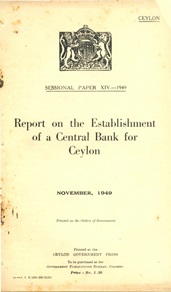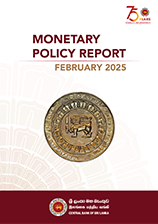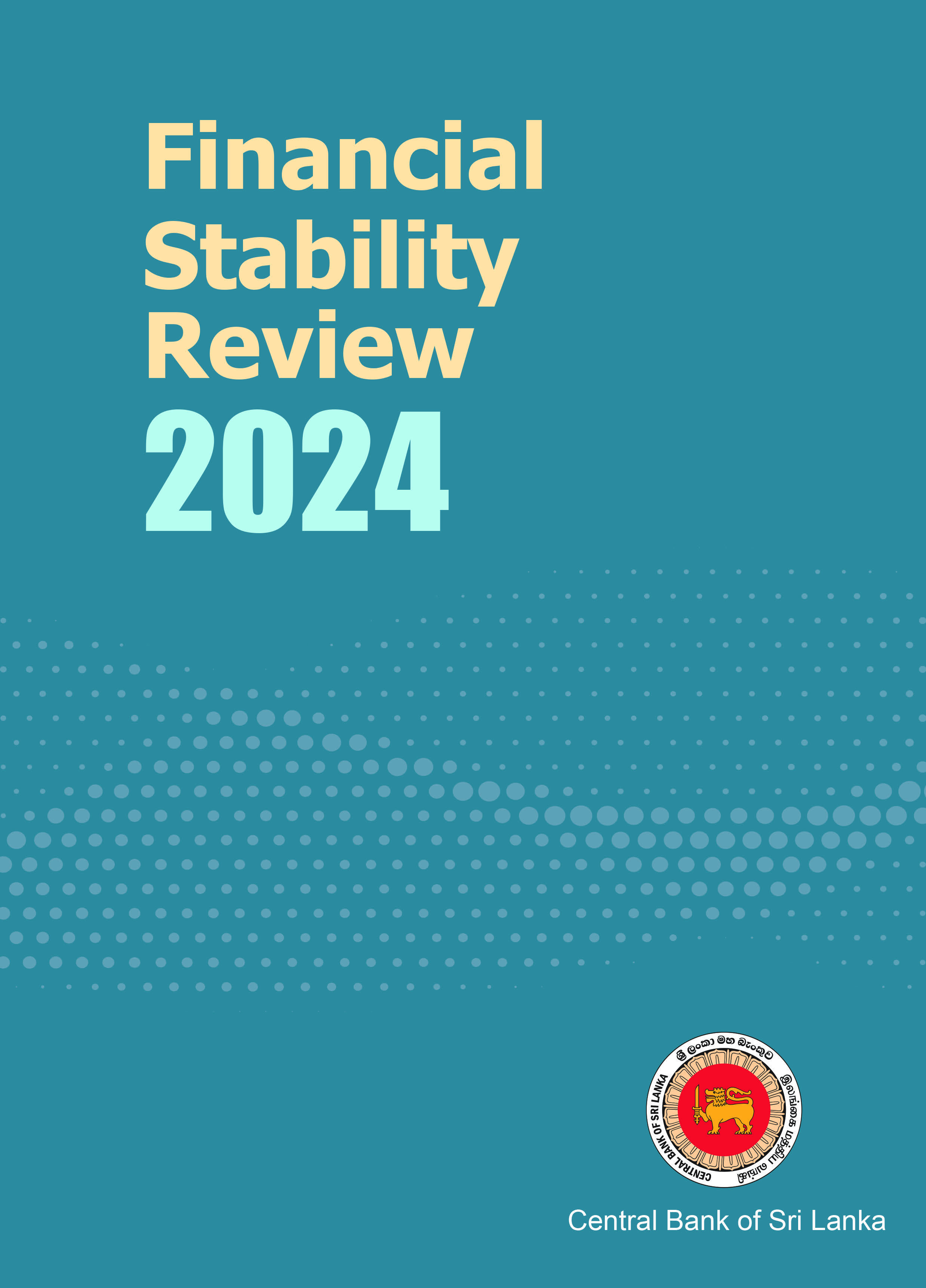Macroprudential Surveillance
Macroprudential policy aims to protect the stability of the financial system by reducing systemic risk and enhancing the financial system's ability to withstand adverse events via enhancing the resilience.
Systemic risk is the risk of failure of the entire financial system or a part of it that disrupts the provision of financial services and result in a severe economic downturn. The global financial crisis proved that microprudential supervision alone is not enough to identify and mitigate systemic risks. The need for macroprudential policies that address systemic risk was widely recognised as a lesson learnt from the Global Financial Crisis.
Macroprudential surveillance involves monitoring the systemic risk and resilience, identifying emerging risks in the financial system and taking timely policy actions to mitigate the materialisation of such risks. Those, in turn, mitigate systemic risk and improve resilience of the financial system.
The Central Bank is designated as the macroprudential authority in Sri Lanka as per the Central Bank of Sri Lanka Act No. 16, of 2023. Macroprudential Surveillance Department (MSD) of the Central Bank operationalises this mandate. A comprehensive macroprudential approach which goes beyond supervision at the individual firm level and extends to financial sector participants outside the regulatory purview of the Central Bank.
Key internal stakeholders of macroprudential policy form the Financial System Stability Committee (FSSC). An inter-regulatory forum, which is instrumental to our policy implementation, is Financial System Oversight Committee (FSOC). Other members of FSOC represent the Ministry of Finance, Insurance Regulatory Commission and the Securities and Exchange Commission.
MSD develops and reviews various macroprudential tools and publishes explanatory notes to tools to keep our stakeholders well informed about what we expect to achieve in the medium term. Quarterly financial soundness indicators are available on this website. They include key ratios and financials used in our analyses to identify trends in banks and finance companies.
Annually, we publish Financial Stability Review summarising major developments in the financial system, evolving risks and risk mitigation measures. From 2023 onwards, this publication will be launched to the market by the Governor.
Important documents relating to Macroprudential Surveillance
Date |
Document Name |
|
March 2024 |
Macroprudential Policy Framework of the Central Bank of Sri Lanka |
|
April 2025 |










